
What Happens When a Glacier Retreats?
Glaciers are massive, slow-moving rivers of ice that shape the earth over thousands of years. But today, due to climate change, many glaciers are shrinking at an alarming rate. When a glacier retreats, it leaves behind evidence of its presence, from newly formed lakes to vast rocky landscapes. But what exactly happens when a glacier melts away? Let's explore the science behind glacial retreat.
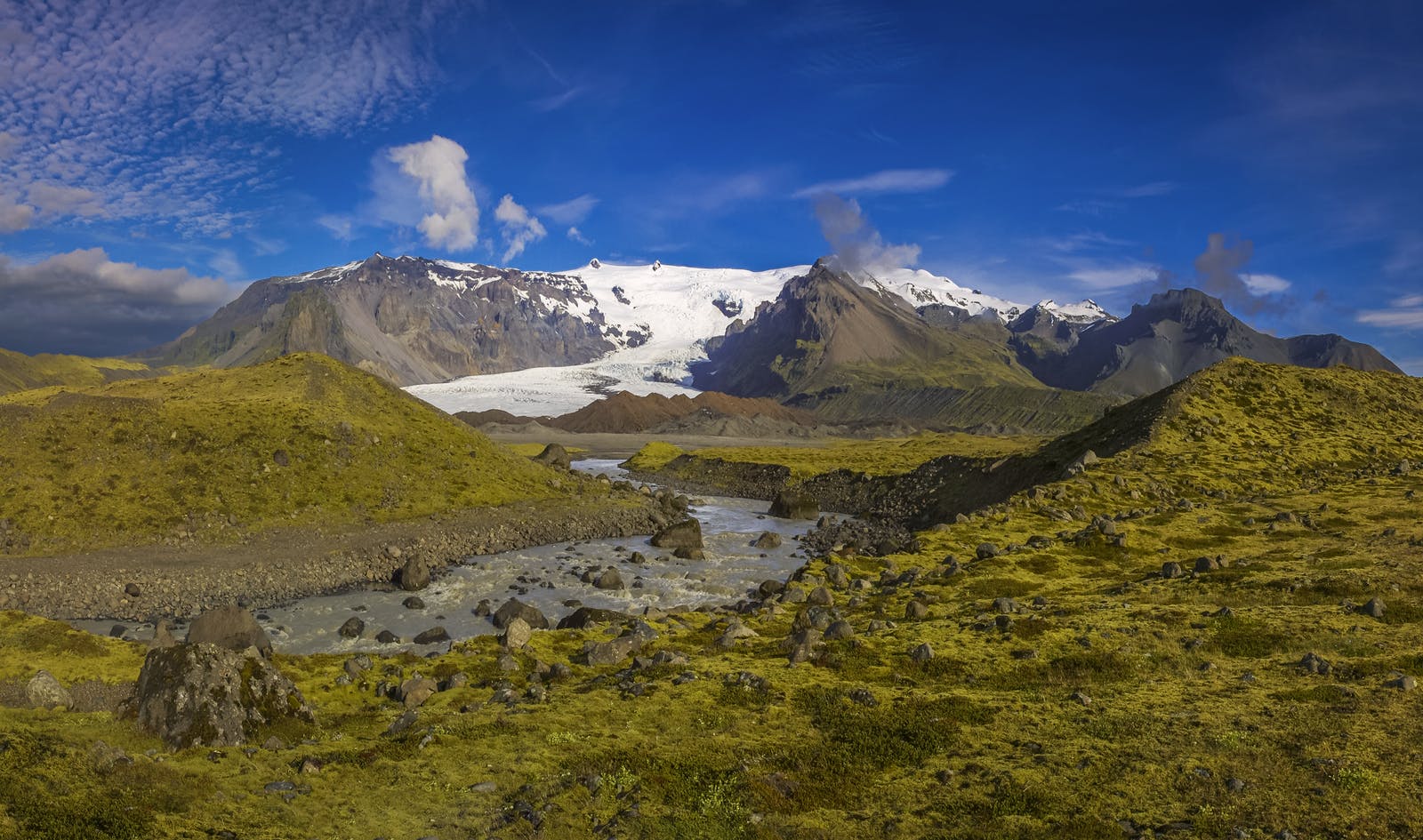
Understanding Glacier Retreat and Advance
Glaciers move in two main ways: they either advance (grow) or retreat (shrink). In simple terms, a glacier advances when snowfall accumulates faster than ice melts, causing the ice mass to move forward. A glacier retreats when melting outpaces snowfall, shrinking the ice and exposing new land. While glaciers have naturally advanced and retreated throughout past ice ages, today’s retreat is happening much faster due to rising global temperatures.
How Can You Tell If a Glacier Is Retreating?
Scientists use glacier monitoring techniques such as satellite imagery, aerial photography, and ground measurements to track changes in ice volume. Some key signs of glacial retreat include:
- Visible shrinkage of ice coverage
- Increased water flowing from the glacier
- Formation of new glacial lakes
- Exposure of bare rock and debris
- Reduction in ice thickness
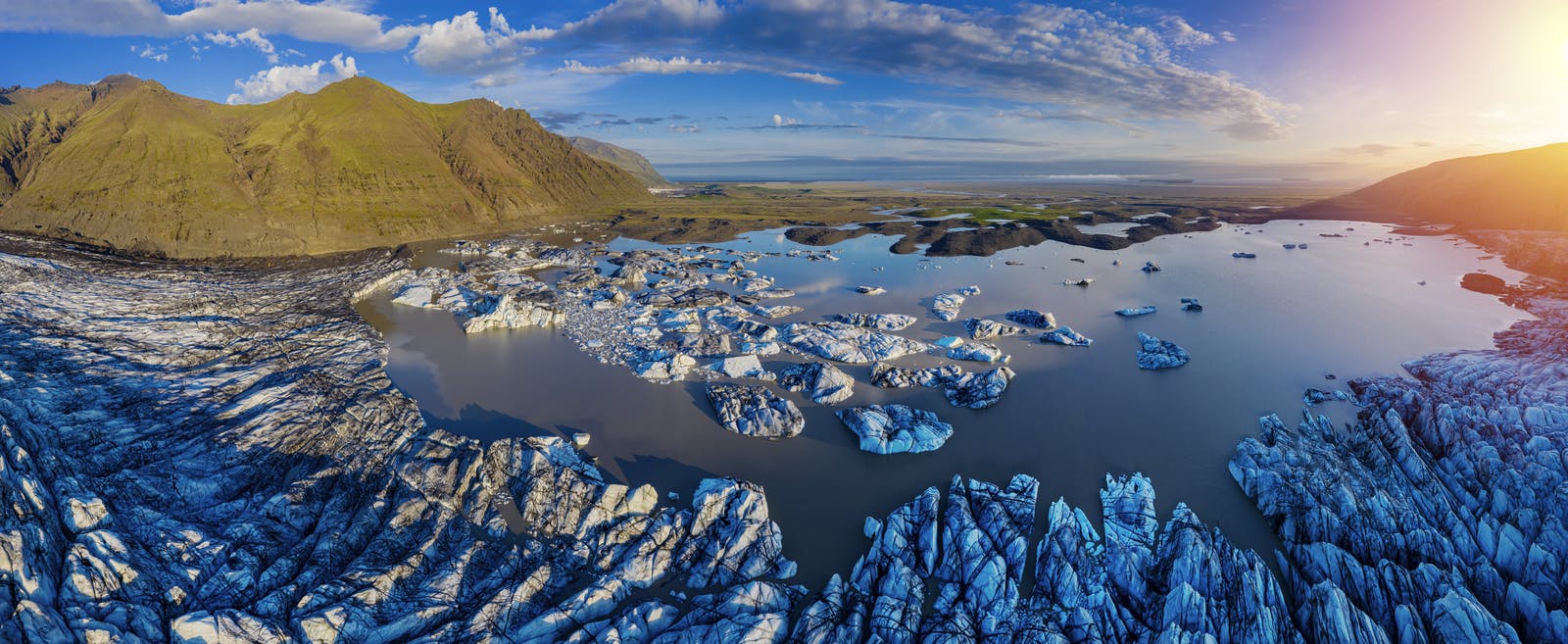
What Happens When a Glacier Retreats?
When a glacier retreats, it dramatically transforms the surrounding environment. Here’s what takes place:
Landforms and Deposits Left Behind
As glaciers melt, they leave behind:
- Moraines – Piles of rock and sediment carried by the glacier
- Glacial till – Unsorted rock and debris scattered across the land
- Glacial striation - Scratches cut into the bedrock by moving glacier
- Outwash plains – Flat areas formed by sediment-laden meltwater
- Lakes and fjords – Glacier-eroded depressions filled with meltwater, often creating stunning landscapes
For example, retreating valley glaciers in British Columbia have exposed deep U-shaped valleys and carved out breathtaking fjords along the coastline.
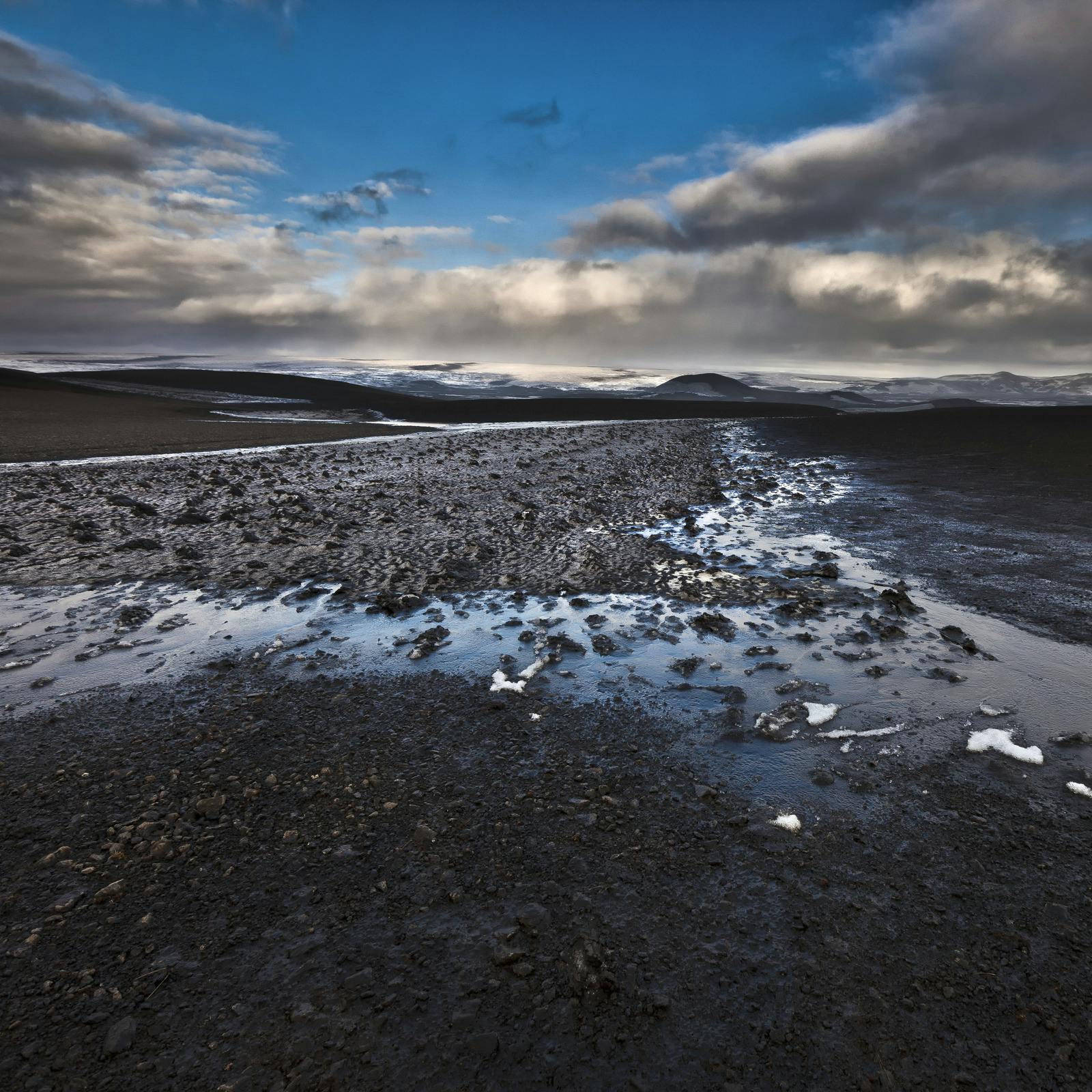
Rising Sea Levels
A major consequence of glacier retreat is sea level rise. When glacial ice melts, it adds freshwater to the ocean, raising global sea levels. This is especially concerning for low-lying coastal cities and island nations, which are vulnerable.
Disruption of Ecosystems
Glaciers provide cold freshwater to rivers and lakes. When they disappear, water temperatures rise, affecting fish populations and freshwater supplies for humans and animals. The effects could be devastating.
Increased Landslides and Flooding
When glaciers retreat, they leave behind unstable rock and sediment, increasing the risk of landslides. New meltwater lakes can also cause sudden floods, known as glacial lake outburst floods, which can cause tremendous damage.
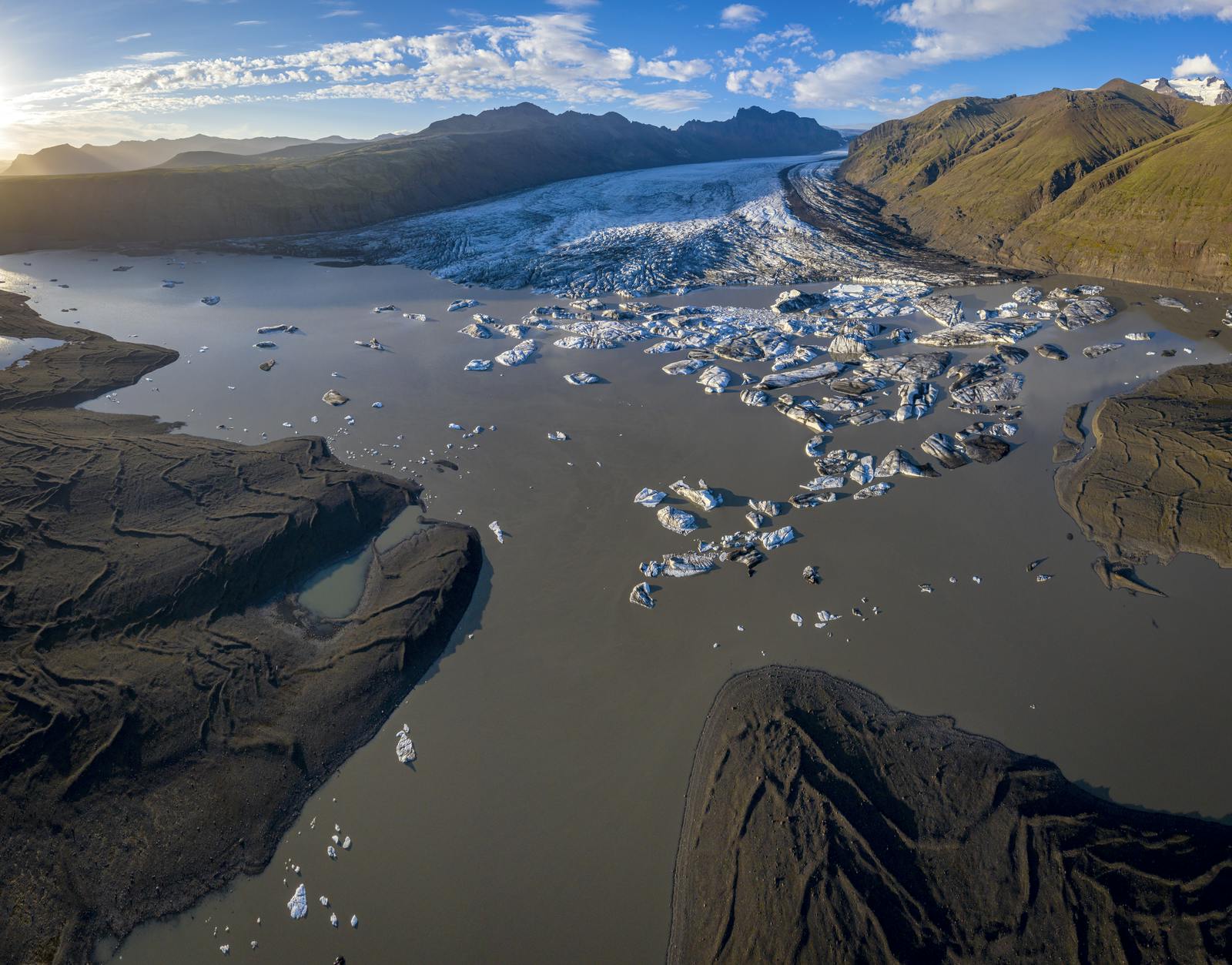
Famous Examples of Glacial Retreat
Iceland’s Glaciers and Perlan Museum
Iceland, home to many glaciers, is witnessing rapid ice loss. Perlan, a museum in Reykjavík, showcases the history of Iceland’s glaciers and the effects of climate change. Visitors can even experience an indoor ice cave!
Columbia Glacier, Alaska, USA
Since the 1980s, the Columbia Glacier in Alaska has retreated over 20 kilometres (12 miles), contributing to rising sea levels.
Athabasca Glacier, Canada
Located in the Rocky Mountain Range of Canada, the Athabasca Glacier in British Columbia is shrinking at a rate of 5 metres (16 feet) per year. Markers show where the glacier used to be just decades ago.
What If a Glacier Stops Retreating for a While?
A glacier may temporarily stabilise due to short-term cooling or increased snowfall. However, unless long-term global temperatures drop, it will eventually continue glacial retreating.
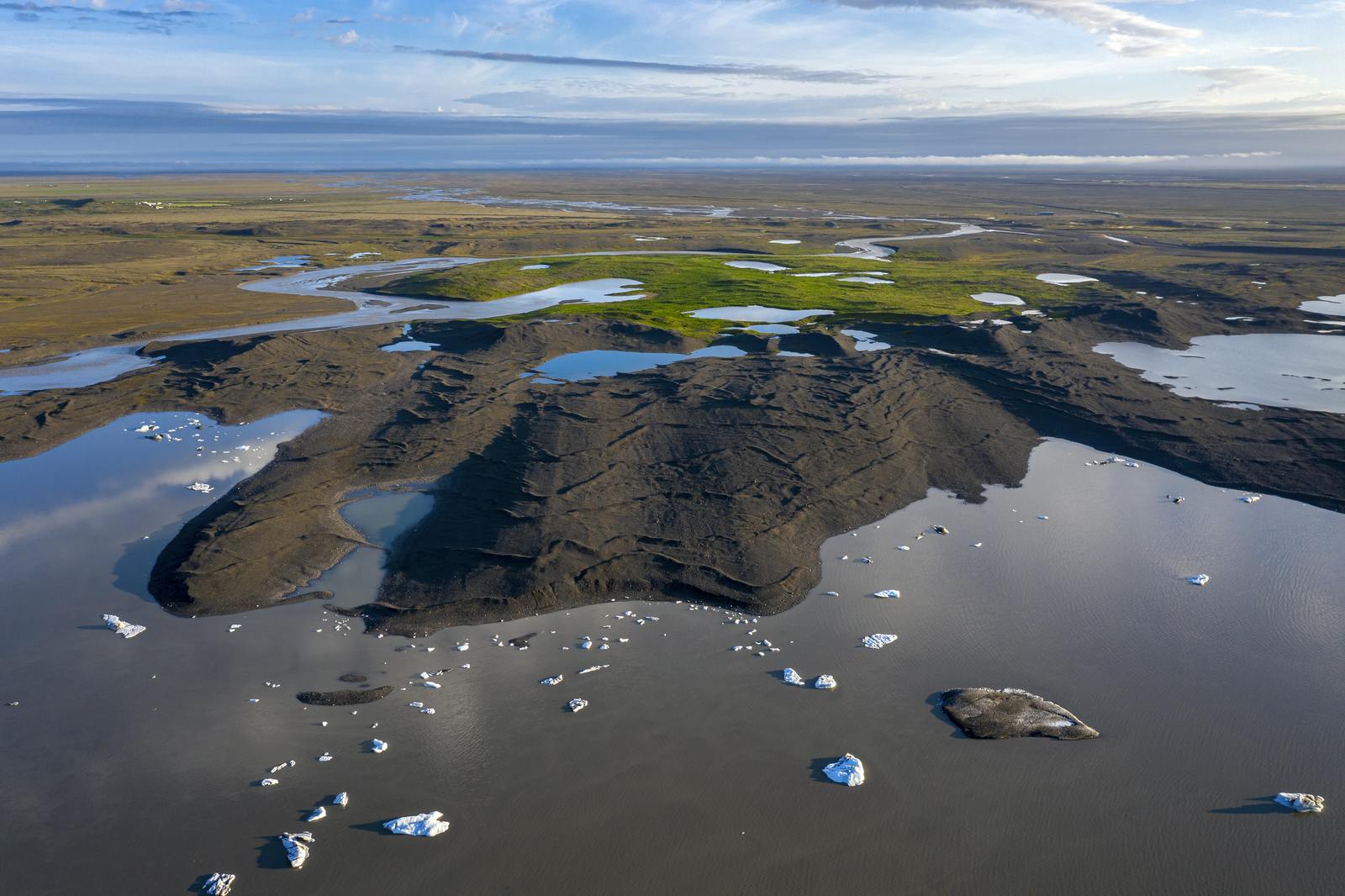
Can We Stop Glacier Retreat?
While we cannot directly stop glaciers from melting, we can slow the process by:
- Reducing greenhouse gas emissions
- Protecting forests and ecosystems that absorb CO₂
- Investing in renewable energy sources
- Supporting policies that combat climate change
While these solutions won’t bring back lost glaciers, they can help slow further damage. Glaciers are disappearing at an alarming rate, reshaping our planet in ways we are only beginning to understand.
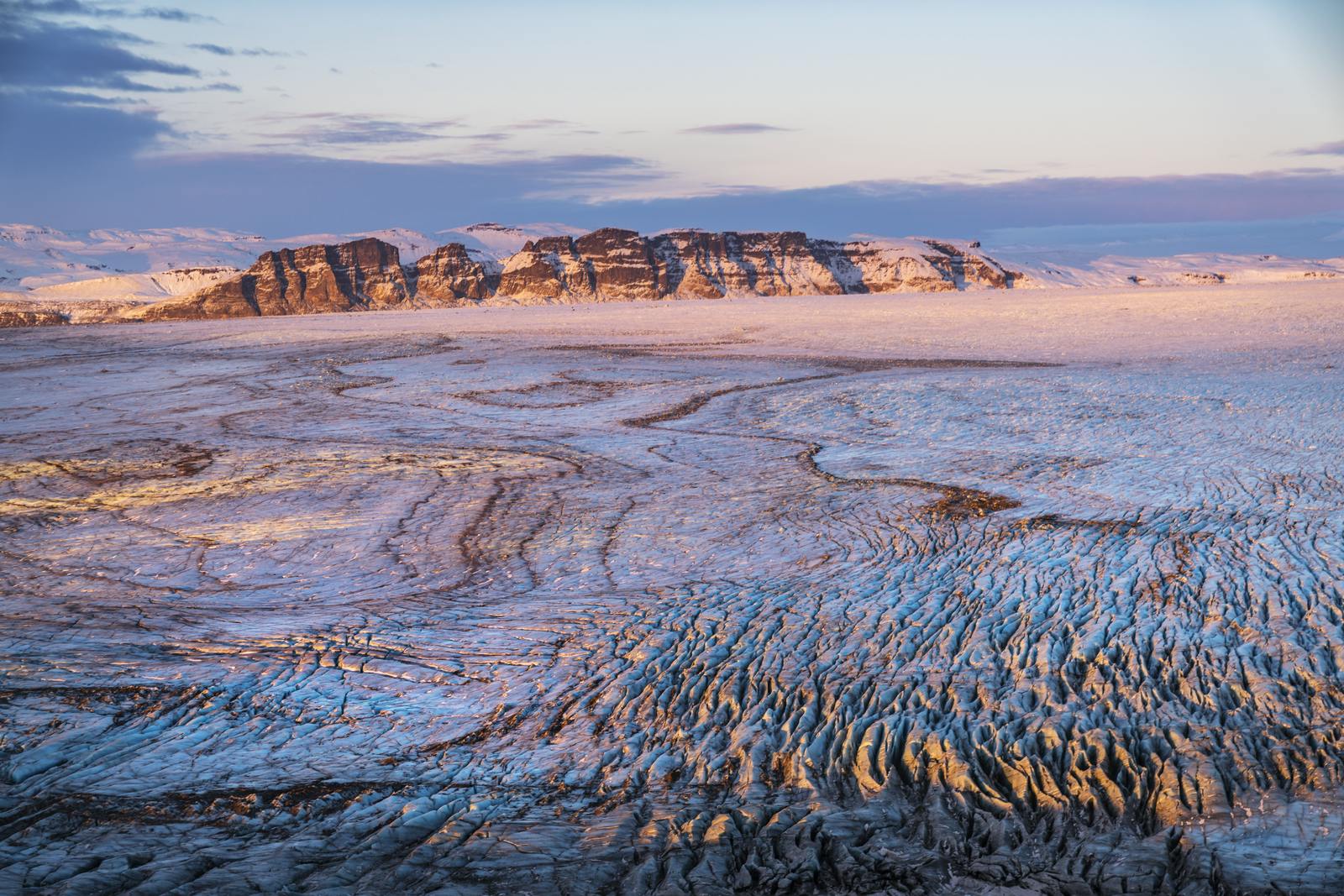
FAQ
What does a glacier deposit as it recedes?
As glaciers retreat, they deposit moraines, glacial till, and outwash plains made up of rock, gravel, and sediment.
How does glacial retreat contribute to sea level rise?
Melting ice caps and glaciers add freshwater to the ocean, causing global sea level rise and increasing coastal flooding risks.
What is a valley glacier?
A valley glacier forms in mountainous regions and moves down valleys, carving U-shaped landscapes as it advances and retreats.
Why are glaciers important to ecosystems?
Glaciers supply fresh water, regulate temperatures, and support wildlife habitats. Their disappearance can disrupt entire ecosystems.
What is an example of a glacier retreating?
The Columbia Glacier in Alaska has retreated significantly in recent decades, contributing to rising sea levels.
How does glacier monitoring help scientists?
Glacier monitoring tracks ice loss, predicts future water supply changes and sea level rise, and helps scientists understand climate change impacts.
What is the significance of Iceland’s Perlan Museum?
Perlan in Reykjavík educates visitors on Iceland’s glaciers, showing how they are changing due to climate warming.







